I like to think there is more to me than just the farm and that is why I don’t post about the farm all the time. My friend Dairy Carrie gave me some inspiration to write about some different farm topics and to talk about the things I find are hard to write about. When I started thinking about it I realized these are things that are probably on your mind as someone who grocery shops. Here is the million dollar question today….
Is there Pus in my Milk?
The short answer to this is NO! But since I’m a writer I don’t know how to stick with just the short answer. The first time I heard this reference to milk I was in college and happened upon someone who was interested in animal rights. If I didn’t know any better I would have been disgusted because it really is a disgusting visual. The thing is, what we view as pus and what they are referring to is not the same thing.
Sometimes Cows Get an Udder Infection
Sometimes on the farm cows get an infection in their udder. This udder infection is what non-dairy farmers might refer to as pus. It is not really pus, whi. What comes out of an infected udder is still milk, but it is not up to the standards of milk to be sent to a plant and used for human food because it does have some different traits than normal milk. I cannot speak for every farm in the world, but I can speak about my farm and the farms I have worked with in the past. Just like people, cows can get an infection in their mammary gland. For those of you who do not know what an udder is, that is the gland where the milk is made. One human fact, women get mastitis too. If you are a mammal and you lactate, you can get mastitis.
The arrow is pointing out a teat and cows actually have 4 of them and the circle is showing the part of the udder that is showing!
We do a lot of Prevention: Equipment, Sanitation, Environment
Today we have a pretty good understanding of mastitis. With this understanding, as dairy farmers we work hard making sure to prevent it and if mastitis does happen then we work hard to treat it right and keep it out of the food supply chain. On our farm the number one way we work to keep mastitis away is to keep the milking equipment clean and replace any parts on the machine that need to be replaced on time! Our robots also clean with 200 degree Fahrenheit steam in between cows to keep any bacteria from spreading. We work very hard to minimize any infections from spreading.
Sanitation is very important as well. When the milk is coming out of the cow there is a canal in the teat that is open and that is usually where the bacteria gets into the udder. So, how do we prevent this? First, we condition the teat. What does that mean exactly? Much like you and I put lotion on dry parts of our skin, we put a conditioner on the teats of the cows.
At the end of milking the teats get what we call a post-dip. It can be dipped or sprayed onto the cow. Since we have robots our dip is sprayed on. In the dip there are disinfectants. They help to keep the teat sanitary until the teat canal closes back up and they also have conditioners in it. They hydrate the skin on the teats and keep them from getting cracked and dry. They act exactly like a lotion works on our skin. If a teat is cracked and dry that leaves a lot more places for bacteria to hide and replicate. By keeping the teats in great condition, we are keeping bacteria away.
Before the cow is milked we go through an entire sanitation process. On our farm we have brushes that clean the teats off. They spray a peroxide and water mixture on the teats while they are brushing to make sure they are clean and free of bacteria. Farms that milk in other facilities like a parlor also sanitize teats. They usually use some kind of a dip before milking that cleans the teats. This not only prevents mastitis but also tries to keep bacteria from getting in the milk.
The next place we work very hard to keep cows from getting mastitis is keeping their environment clean. By keeping the cows clean we are keeping the germs away. This is usually a pretty easy concept to handle because it is very visual! We keep manure and dirt and other debris out of the free stalls, where the cows lay down. We clean out the alley’s twice a day to keep the manure down and off of their feet as possible. Every week we add new sand to the free stalls. This not only keeps cows comfortable but it also keeps them healthy and healthy cows are happy cows.
So, what if a Cow gets Mastitis?
Sometimes, no matter how hard we work a cow will still get mastitis. If that’s the case, what do we do? Number one is we identify it. Inside of our robots there is a sensor. It can sense if the milk is abnormal in any way and one of those ways is if she has mastitis. We have our robots set to sort out that cows milk and send it down the drain if she has mastitis. This is how we keep it from getting in the food chain. When we were in the parlor, we trained our employees to look for a cow with mastitis. If they found one they knew to milk the cow in a separate bucket and not to put the bad milk in with the good quality milk. Every farm I have been on has their employees or they themselves separate a mastitis cow.
After that cow with mastitis is sorted out the robots will wash the equipment down that her milk touched. This is to keep the bacteria from spreading to another cow. The computer that I work with every day gives me a report on any cow that might have a mastitis infection. As the herd manager I will go out and check the cow to see how bad the infection is. I will check to see if she has a fever among other things.
Then I will treat her accordingly under the advisement of my licensed veterinarian. Sometimes this means I have to use antibiotics. If I do, I follow the guidelines from the Food and Drug Administration and if her milk is not allowed to sent with the rest of the cow’s milk then it does not go into the food chain until it is clear of antibiotics. On all dairy farms we must keep antibiotics from ending up in the food chain. Each semi of milk is tested for antibiotics before it is unloaded at the milk plant. If it tests positive then it is immediately sent away and not allowed to be unloaded.
In Conclusion, Your Milk is Just Milk
I hope that you learned a thing or two from my big long blog post. If you enjoyed this and would like me to write more on topics like this contact me because I love to hear from my readers. One of my favorite analogies comes from Dr. Phil and he always says, “No matter how flat you make a pancake there is always two sides to every story.” And when you hear things about agriculture from a source not involved in agriculture, like there is pus in your milk, I encourage you to do some research and find out the other side of that story.
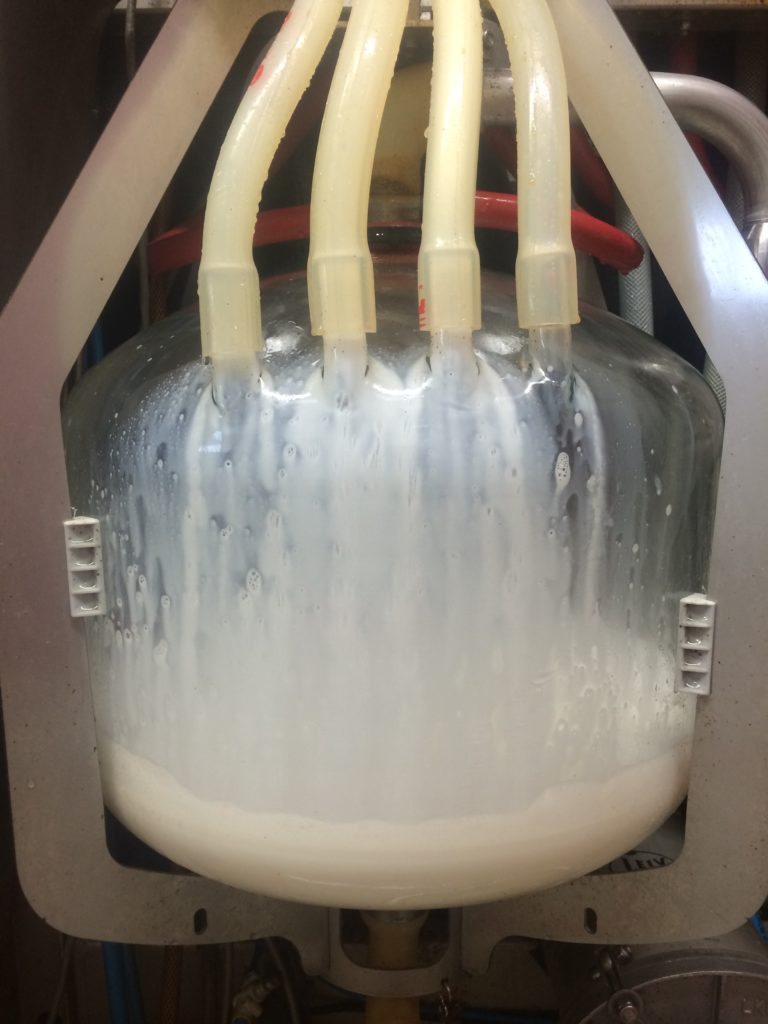
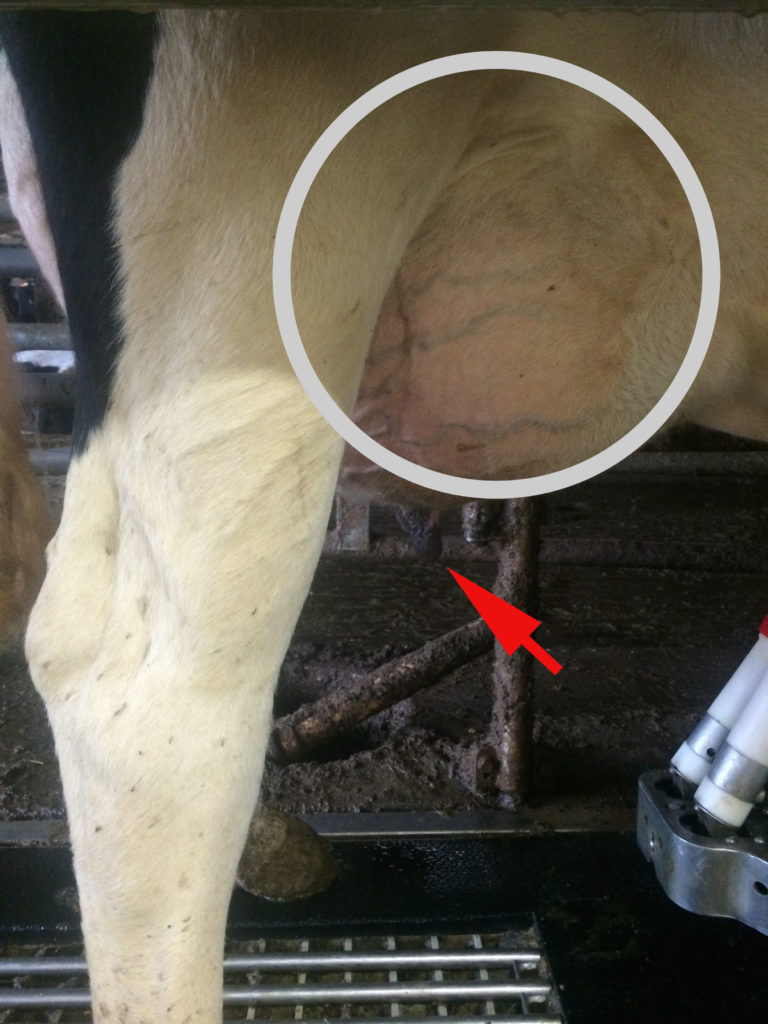
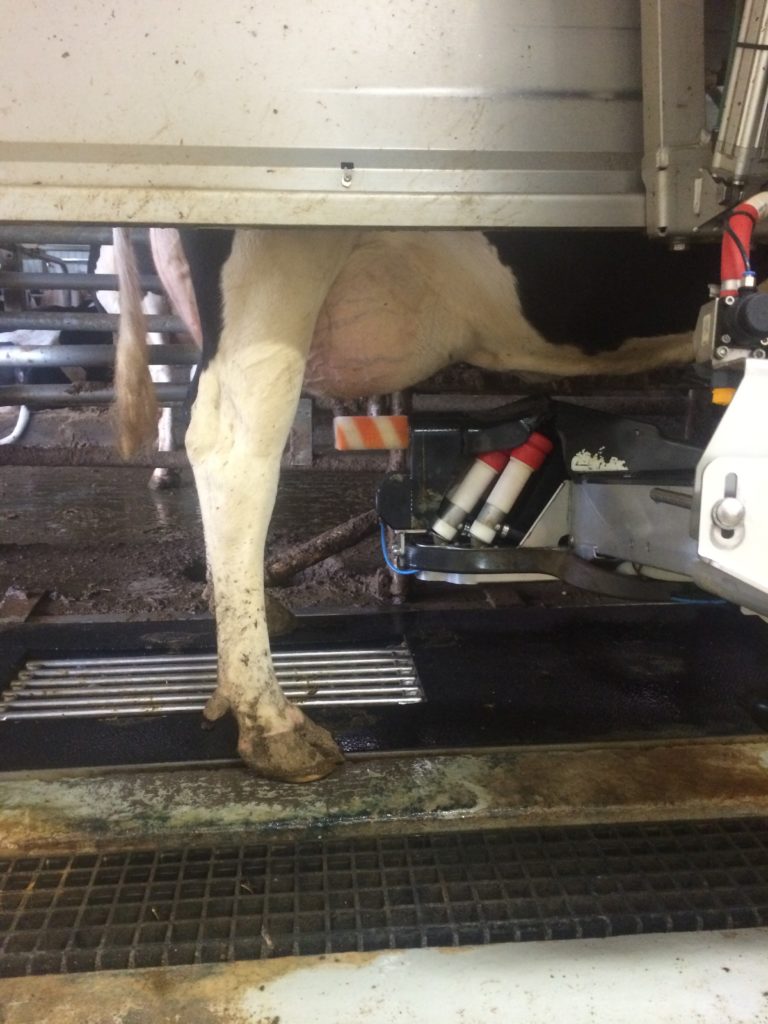
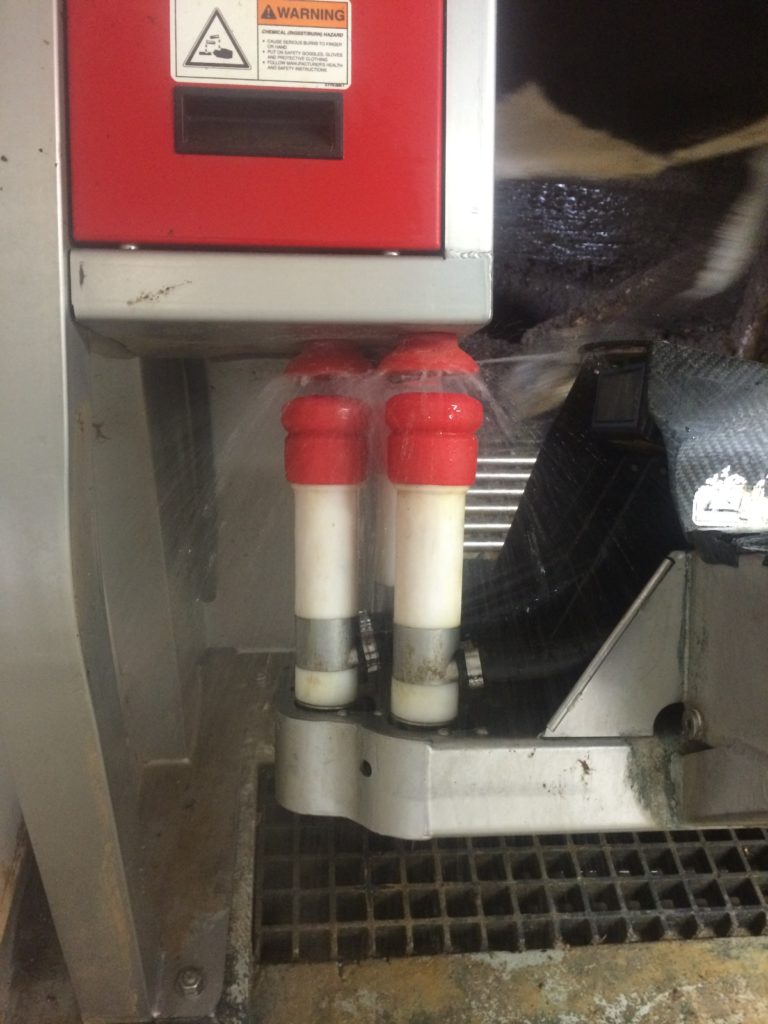
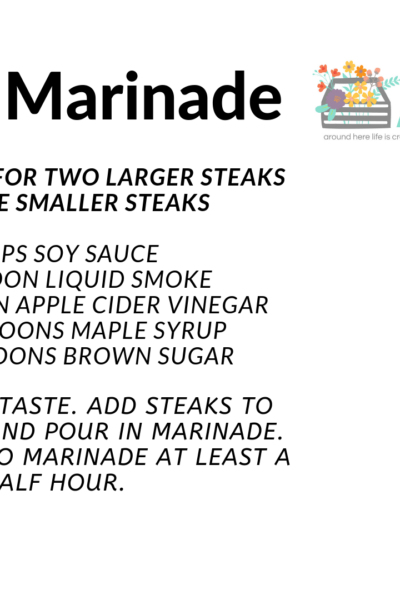

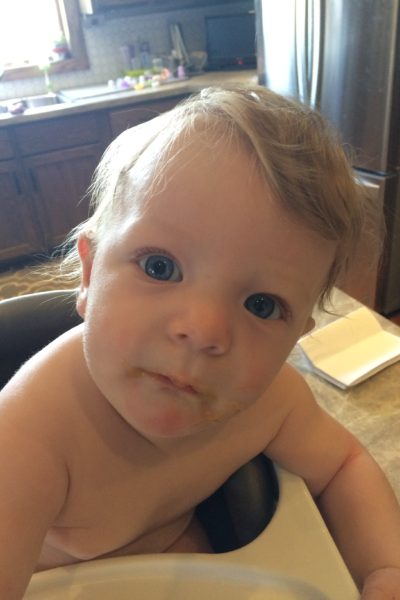

I simply could not resist clicking this headline. It was too gross and too intriguing to pass up. I am so glad I did! I definitely learned something new about how milk is handled, although to be fair, I’d never heard the pus in milk thing except from a slightly offbeat vegan acquaintance of mine. Thank you for taking the time to explain how you guys handle cows with mastitis! I’ve been a nursing mom for 6 years now, so I appreciate what cows go through to put the milk on our table and I’m grateful to the farmers that care for them. One question: I’m curious about what is happening in all of the pictures you include. They are great illustrations, but I’m just curious to learn more about what I am seeing. Many thanks!
Thank you so much for reading Molly and I cannot tell you how thankful I am for your comment. I would love to share what is going on in the pictures! Sometime in the next few weeks I will do a post about robotic milking and I can talk about everything that is happening in those pictures. Thank you again for reading!